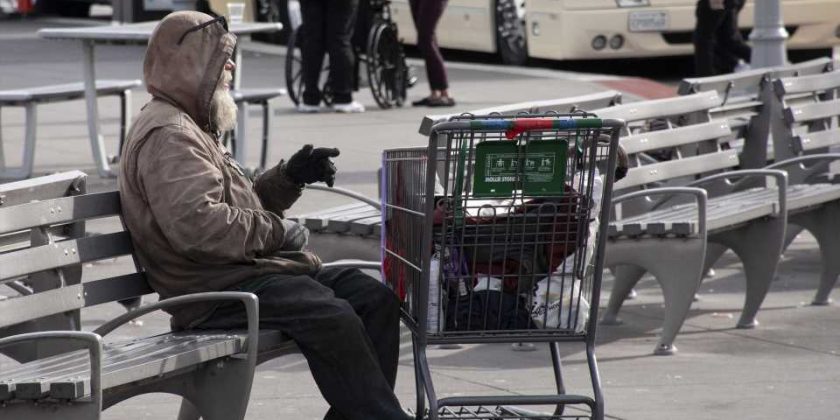
Involuntary displacement of people experiencing homelessness will likely lead to a substantial increase in morbidity and mortality over a 10-year period.
In a study, published today in the Journal of the American Medical Association (JAMA), researchers say practices such as encampment sweeps, bans, move-along-orders and cleanups that forcibly relocate individuals away from essential services will lead to substantial increases in overdose deaths, life threatening infections and hospitalizations.
In coordination with the National Healthcare for Homeless Council, the Center for Disease Control and Prevention (CDC) and the National Foundation of the CDC, a multidisciplinary group of researchers developed a simulation model using data from 23 U.S. cities to project the long-term health effects of the involuntary displacement of people experiencing homelessness who inject drugs. They used city- and national-level data to closely model what the population looks like in real life including their overdose risk and mortality. They then modeled two scenarios over a 10-year time period: no continual displacement and continual involuntary displacement of this population.
In hundreds of different projections, the model showed no feasible scenario, in any city, where continual involuntary displacement improves health outcomes. Instead, the practice would likely result in a significant increase in morbidity, mortality and a shortened life expectancy, the study said.
“Our research shows that these widespread practices that forcibly displace people are clearly impacting the health of this population, particularly when it comes to increasing their overdose risk, so much so that it actually decreases the life expectancy of the entire population,” says Josh Barocas, MD, associate professor at the University of Colorado Anschutz Medical Campus and corresponding author.
“Modeling studies like ours give us a sense of whether we’re headed in the right or wrong direction. Our study showed that displacement could directly result in a quarter of deaths of this population. This tell us that this practice is taking us in the wrong direction if we want to solve issues around homelessness and substance use disorders.”
Researchers also found displacement increased overdose deaths, hospitalizations, injection-related infections and hindered access to medications for opioid use disorder along with other detrimental impacts.
“It’s estimated that more than 500,000 people are experiencing homelessness in the U.S., and understanding the toll practices such as camping bans and sweeps take on such a substantial population is critical to emphasizing the need for care and services versus literally being swept aside,” says Barocas. “We hope these results inform future policies that actually mitigate the long-term health consequences in this population before it’s too late.”
More information:
Population-Level Health Effects of Involuntary Displacement of People Experiencing Unsheltered Homelessness Who Inject Drugs in US Cities, JAMA (2023). DOI: 10.1001/jama.2023.4800
Journal information:
Journal of the American Medical Association
Source: Read Full Article
